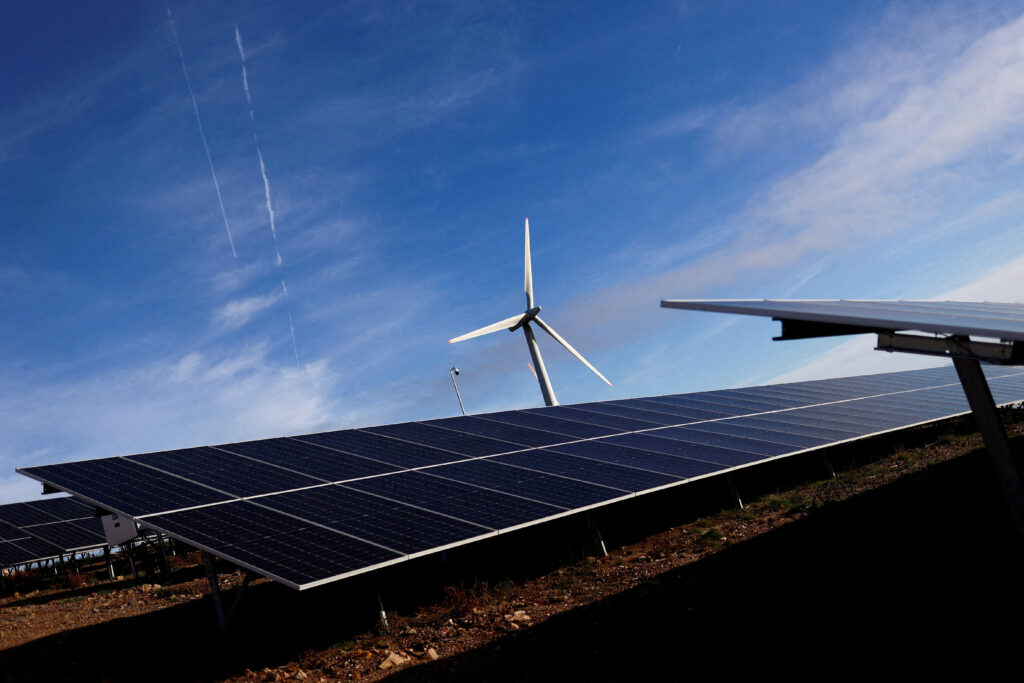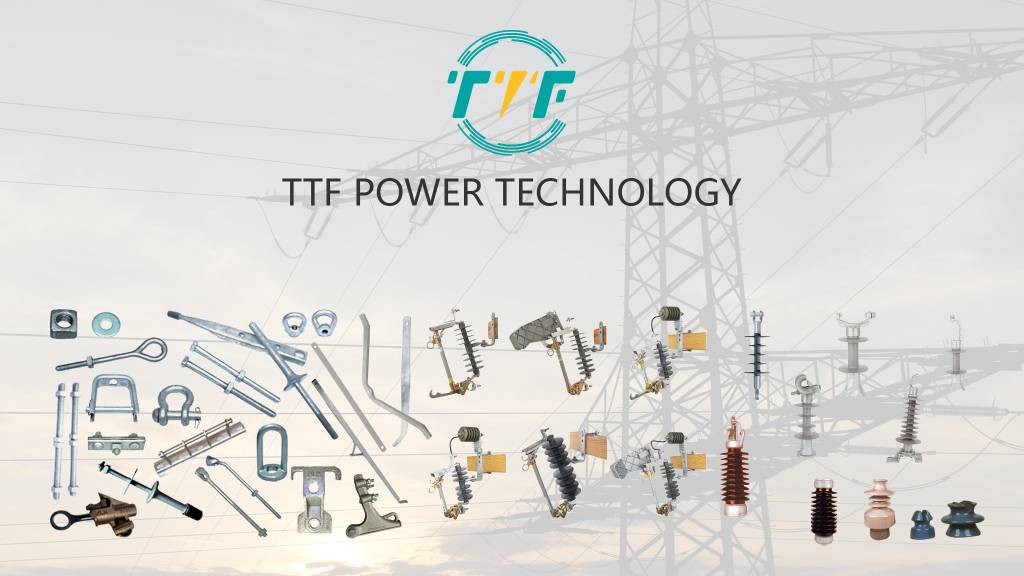
Colombia recently announced a 19-point plan to restart the stalled renewable energy sector. This is a crucial step towards speeding up its energy transition and reducing reliance on fossil fuels. Colombia has significant renewable potential in solar, wind, and hydropower, but bureaucratic hurdles, regulatory delays, and infrastructure challenges have slowed the progress. The plan may include investment in transmission lines, energy storage, and smart grid technologies to integrate renewables effectively. Expanding mini-grids and rooftop solar in remote areas could also help improve energy access in the region. This will ensure the grid can handle intermittent renewable sources. To encourage investment, the plan could provide tax breaks, subsidies, or low-interest loans for renewable projects. It may also include provisions for better consultation and benefit-sharing to avoid conflicts with local communities. Yoke plates are crucial components in stabilizing and securing grid technologies for expanding renewable energy.
Colombia’s plan includes expanding wind and solar farms that demand robust turbine components for efficient operation. Yoke plates help secure the generator or rotor in wind turbines. Yoke plates assemble tower crossarms that hold insulators and conductors that enable new power lines to connect remote wind and solar farms to the grid. They may also need replacement to prevent failures and ensure stable power flow from new generation sources. Colombia is also exploring HVDC lines, which require robust hardware like heavy-duty yoke plates to handle higher stresses. Using reinforced yoke plates improves durability and reduces outages that could disrupt renewable energy supply. Common materials for yoke plates include galvanized steel or composite materials.
Yoke plates restarting and expanding renewable energy in Colombia
Yoke plates are steel components used to connect and distribute mechanical loads in suspension and tension systems. They function in high-voltage power lines, substations, and hydroelectric or wind turbine assemblies. Yoke plates ensure proper alignment and secure mechanical coupling between various conductors and support components. Yoke plates support overhead transmission lines from wind farms and hydro plants, anchor load-bearing components in towers and turbines, and distribute electrical and mechanical forces. They enable safer and more resilient systems in power transmission and renewable energy infrastructure. Here are the roles of yoke plates in expanding and restarting renewables in Colombia.

- Strengthening transmission infrastructure—yoke plates connect renewable power to the national grid, withstand extreme weather and terrain conditions, and enhance transmission reliability in remote areas.
- Ensuring project durability and safety—the plates provide high mechanical strength under dynamic loads, corrosion resistance, longevity, and reduced downtime and maintenance needs. They help stabilize Colombia’s transition to renewables by improving the lifespan and safety of the installations.
- Speeding up restarted projects—government incentives are helping resume stalled renewable energy developments. Yoke plates reduce lead times and import dependencies. This eases faster project execution in various regions.
- Enhancing grid resilience—Colombia faces extreme weather, which can damage transmission towers. The yoke plates help reduce outages that could disrupt renewable energy supply. By preventing failures, yoke plates ensure stable power flow from new generation sources.
Strategies and measures to restart renewable energy in Colombia
Colombia’s renewable energy sector has faced significant setbacks due to social unrest, regulatory delays, and infrastructure limitations. The country has abundant natural resources, including sun, wind, and water. Restarting renewables demands a combination of strategic policy reforms, infrastructure upgrades, and stakeholder engagement. It also includes rebuilding trust, modernizing infrastructure, and ensuring long-term sustainability. Discussed below are the strategies and measures to restart renewable energy in Colombia.

- Regulatory reforms and policy clarity—to address bureaucratic delays and uncertainty around permits, the government must establish clear guidelines. It must also simplify and speed up the licensing process, enhance transparency, and strengthen environmental regulation to align with climate goals.
- Modernizing grid infrastructure—Colombia’s aging grid is unable to absorb the load. Key upgrades include expanding transmission capacity, integrating smart grid technologies, and investing in microgrids and distributed generation.
- Public-private partnerships (PPP)—Colombia must encourage foreign and domestic investment through risk guarantees and tax incentives. It must de-risk projects by offering clear frameworks and return models.
- Community engagement and social license—strategies to rebuild trust in Colombia include prioritizing local hiring and training, establishing profit-sharing models, and ensuring early, inclusive, and continuous consultation.
- Energy storage and resilience planning—addressing the intermittent nature of wind and solar demands investment in battery storage, incorporating pumped hydro storage, and implementing demand-side management.